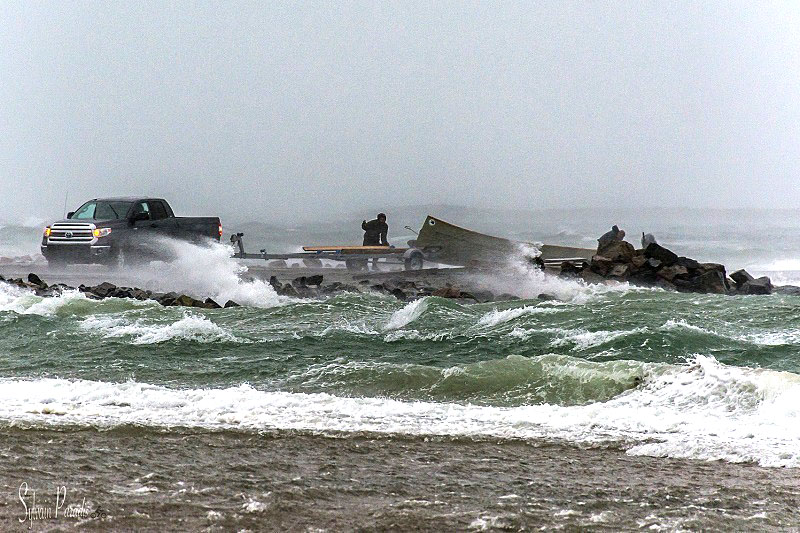Nunavik communities feeling the impact of climate change? There’s help
Region’s communities can apply for funding to better adapt to changes.

KUUJJUAQ — If Nunavimmiut notice that winters are different now than when they were growing up — that’s climate change.
And the Kativik Regional Government’s Department of Renewable Resources, Environment, Lands and Parks is tracking those changes and offering support to communities to help them adapt.
“The changes we will have in Nunavik are more significant than elsewhere,” said Adam Gardner, the KRG’s climate change liaison advisor, during council meetings on Thursday, Nov. 29.
An increase of two degrees Celsius that Ouranos — a non-profit consortium on regional climatology and adaptation — predicts Canada will see by 2050 would translate into an increase of three to six degrees Celsius in Nunavik, he said.
[Commission coordinating Alaska village relocation awaits new leader]
The potential impacts of that are numerous, Gardner said, and many are already a reality in the region: increased rainfall, more storms, a decrease in snow cover, less dependable weather, more erosion and new animal species moving north, like beavers and black bears.
“Each of these will have stronger effects on our communities,” he told KRG regional council meetings.
But there’s support for Nunavik communities, through the region’s Nunavik climate change adaption committee, which helps to monitor those changes. It also oversees a fund communities can apply to in order to fund adaption projects.
That could include projects like creating better drainage in communities, the maintenance of eroding trails and help managing new species.
Kangiqsujuaq, for example, has used the funding to map natural hazards around the community.
Kuujjuaq regional councillor Jobie Tukkiapik said there is more and more damage linked to climate change around the region. A wind storm in the region in the late summer damaged a dozen or so cabins, while its winds of 120 kilometres per hour (75 miles per hour) blew away a number of canoes.
“As Inuit, as hunters and gathers, we feel these impacts,” Tukkiapik said.
Inukjuak regional councillor Sarollie Weetaluktuk echoed those concerns.
“We live in a really difficult and expensive place … where when someone loses their canoe, it has a really big impact,” Weetaluktuk said. “We need help with that.”